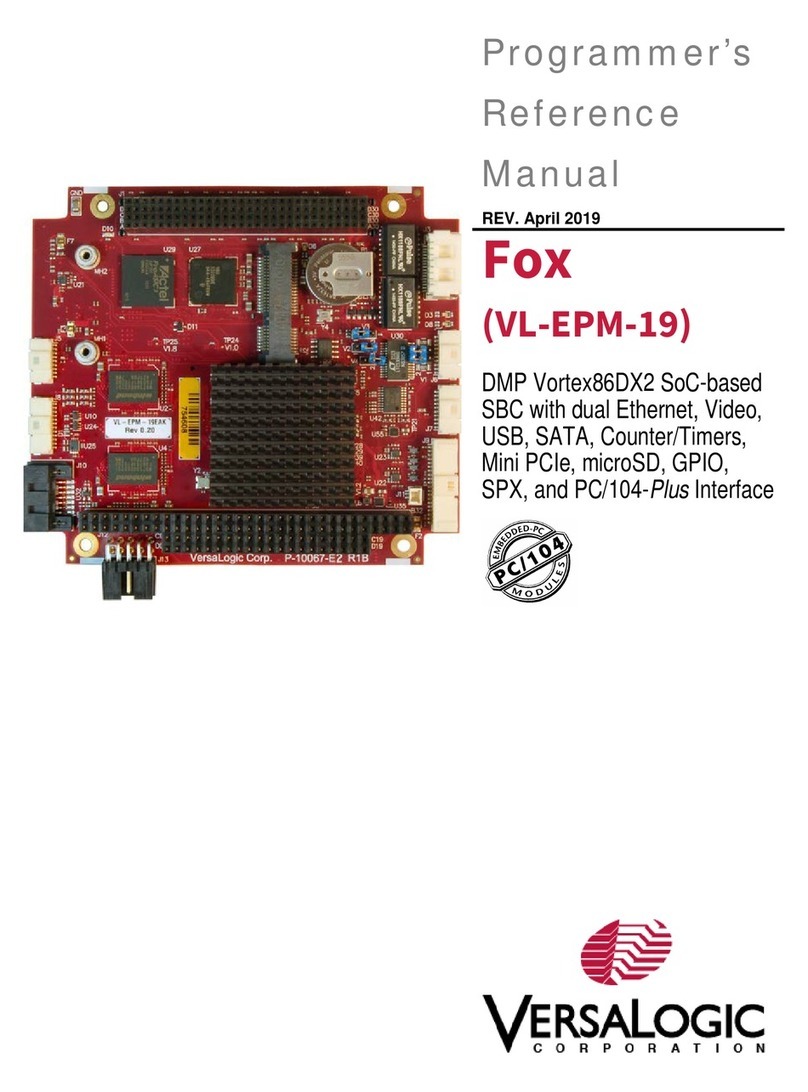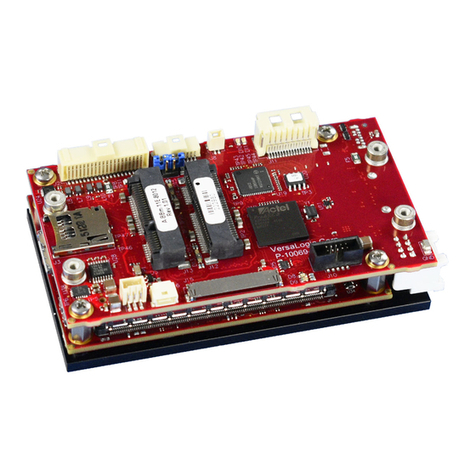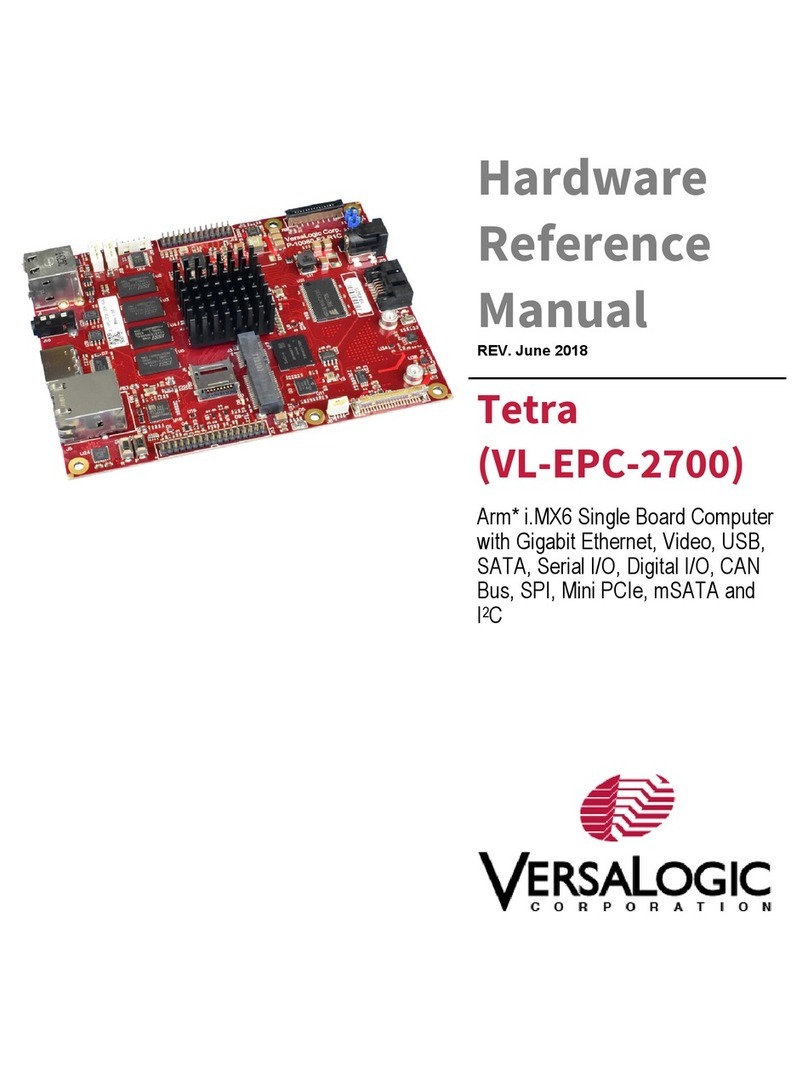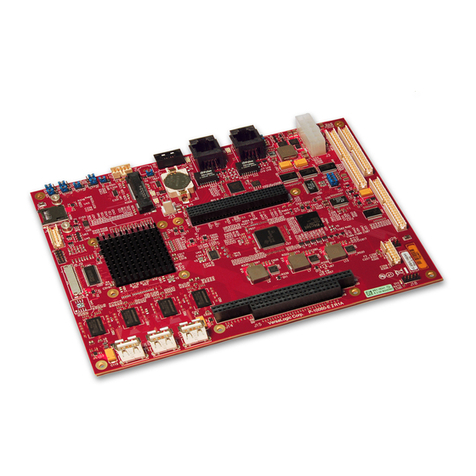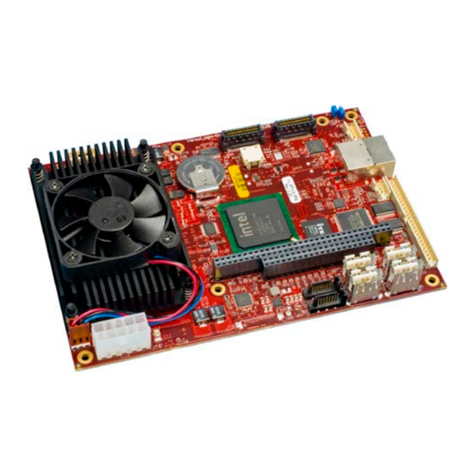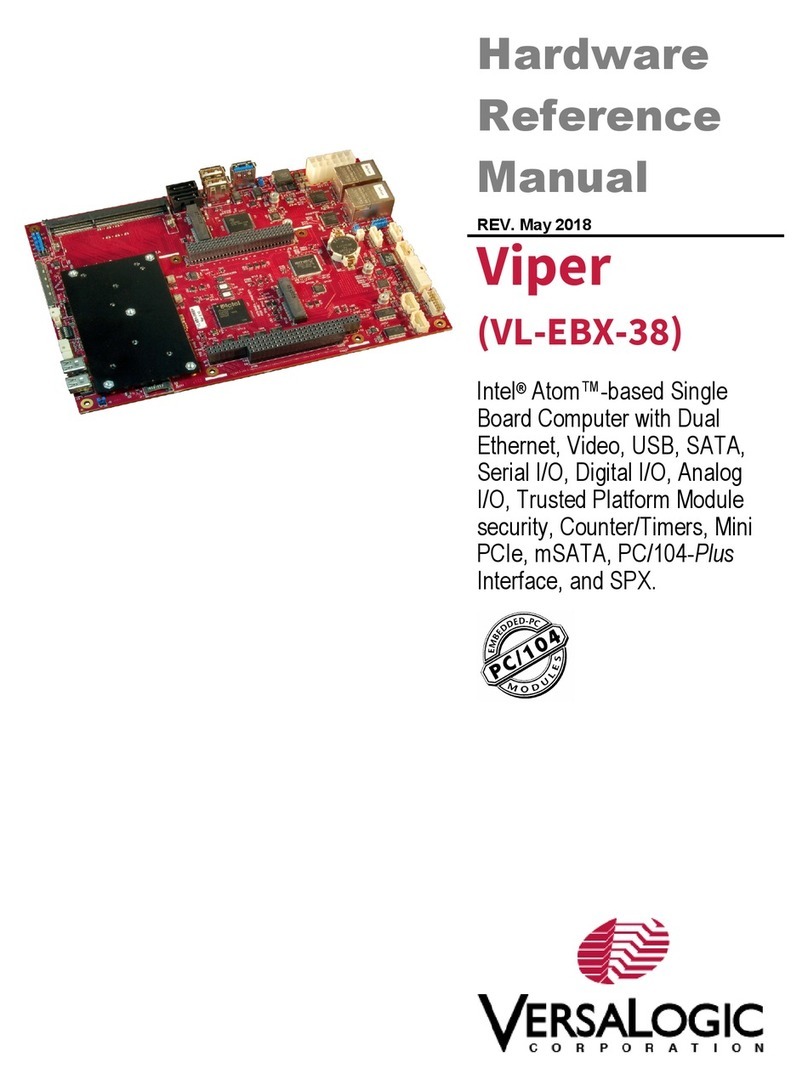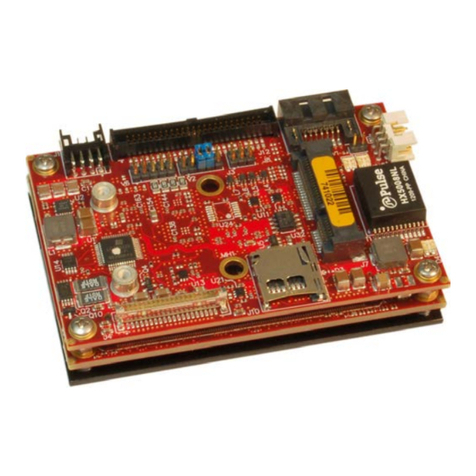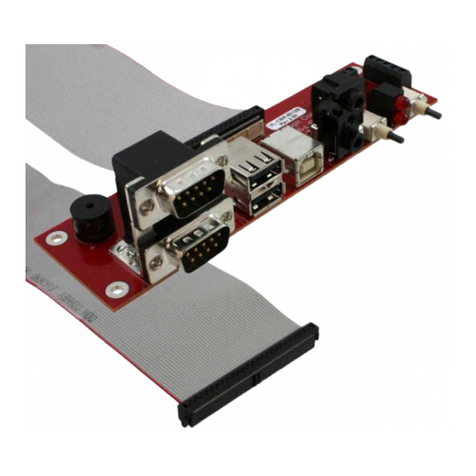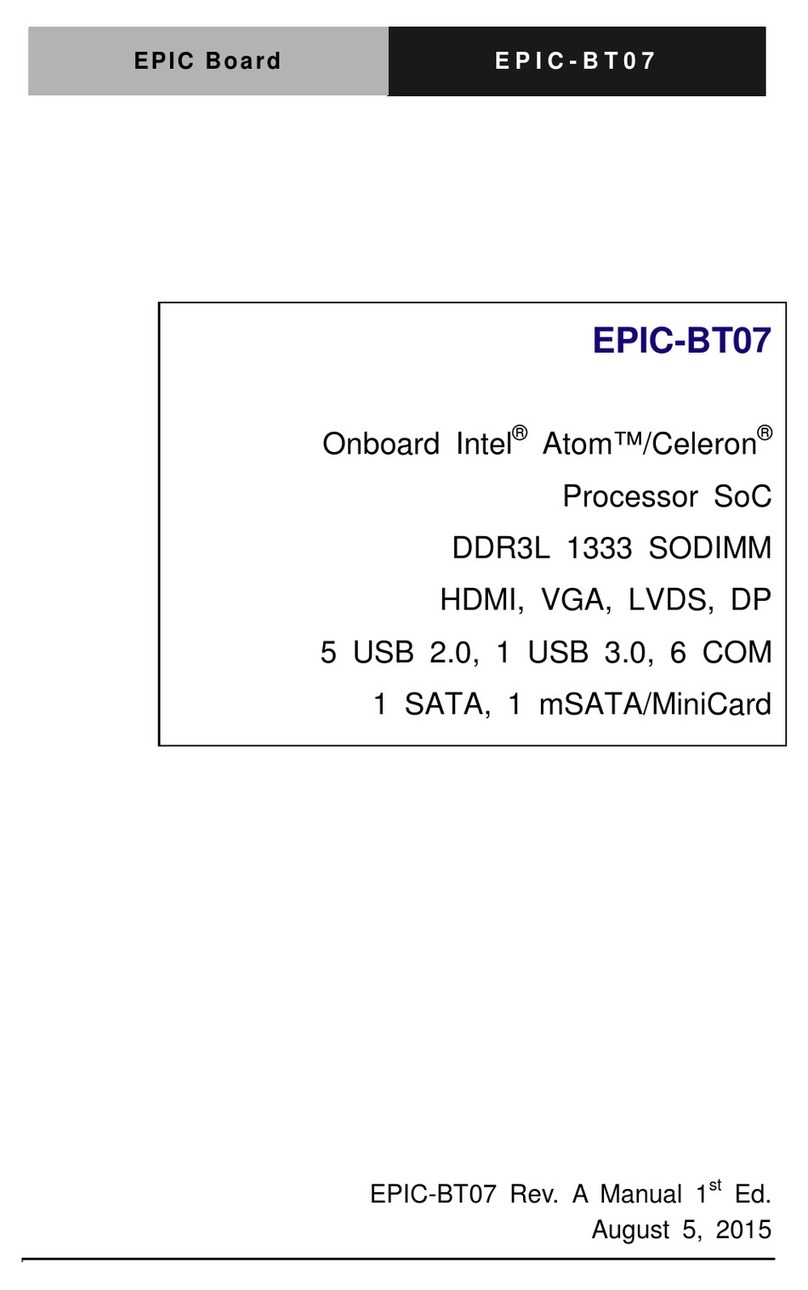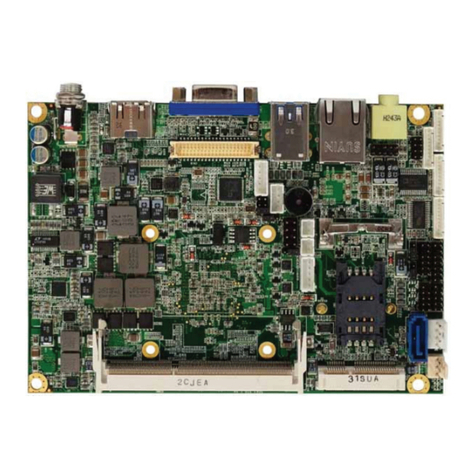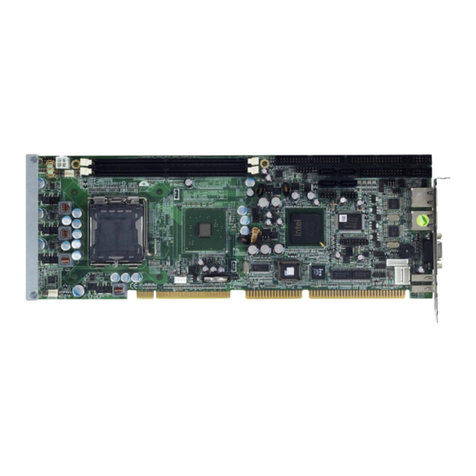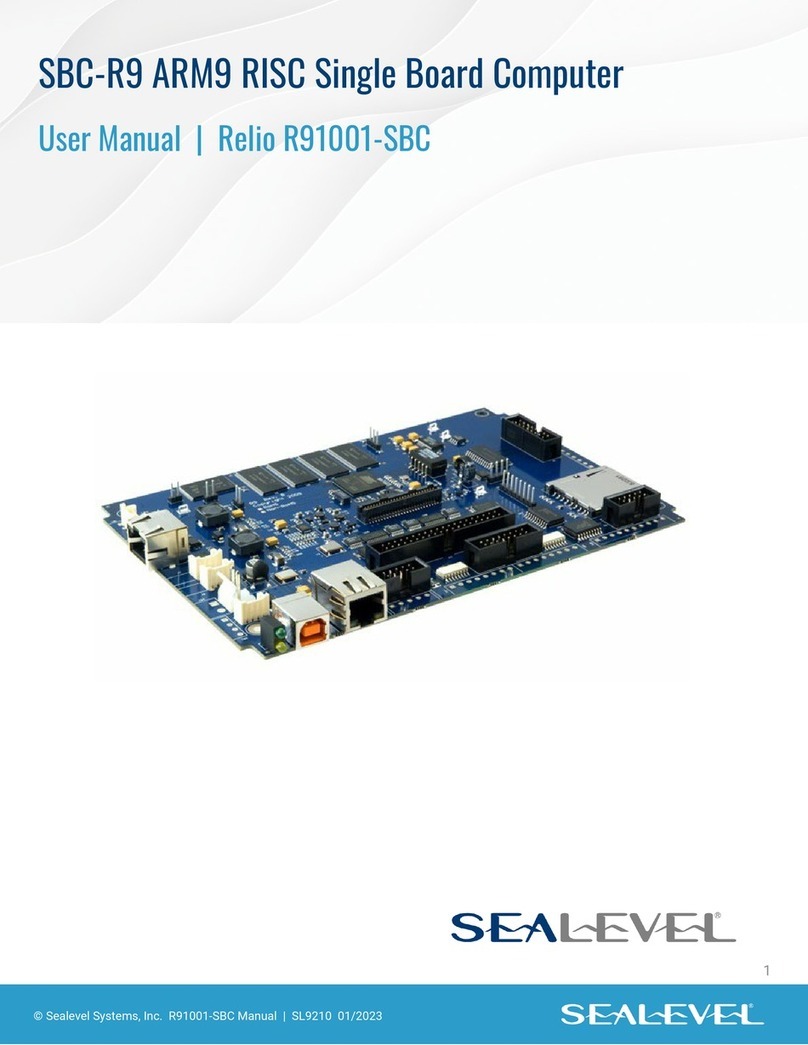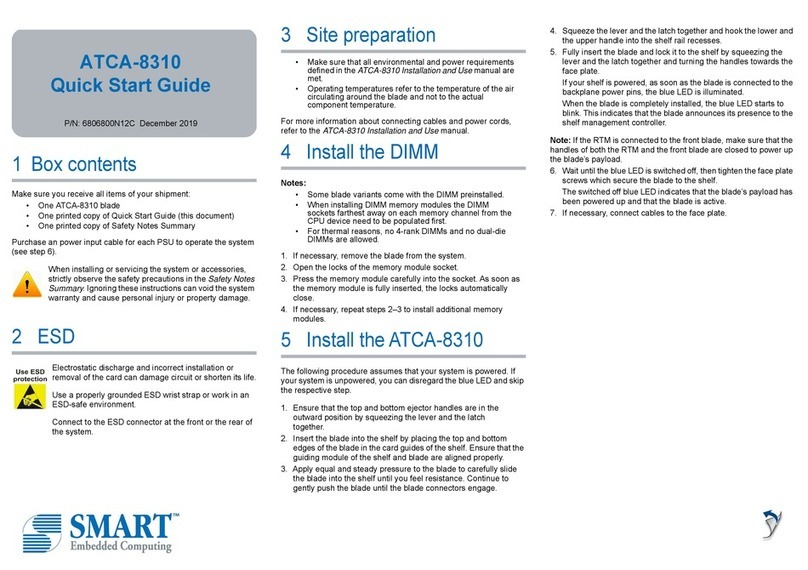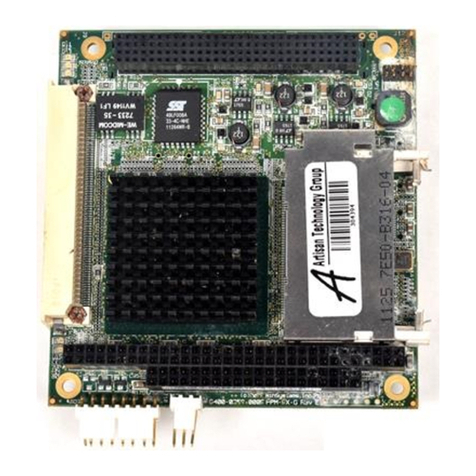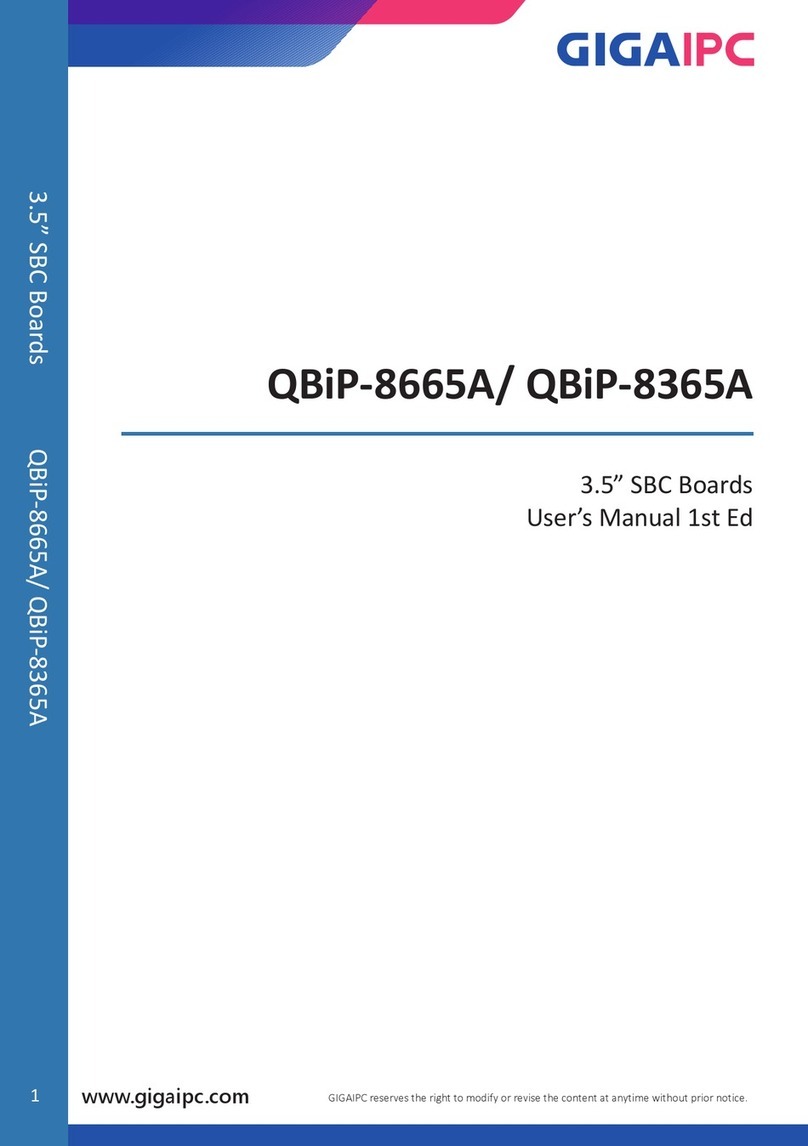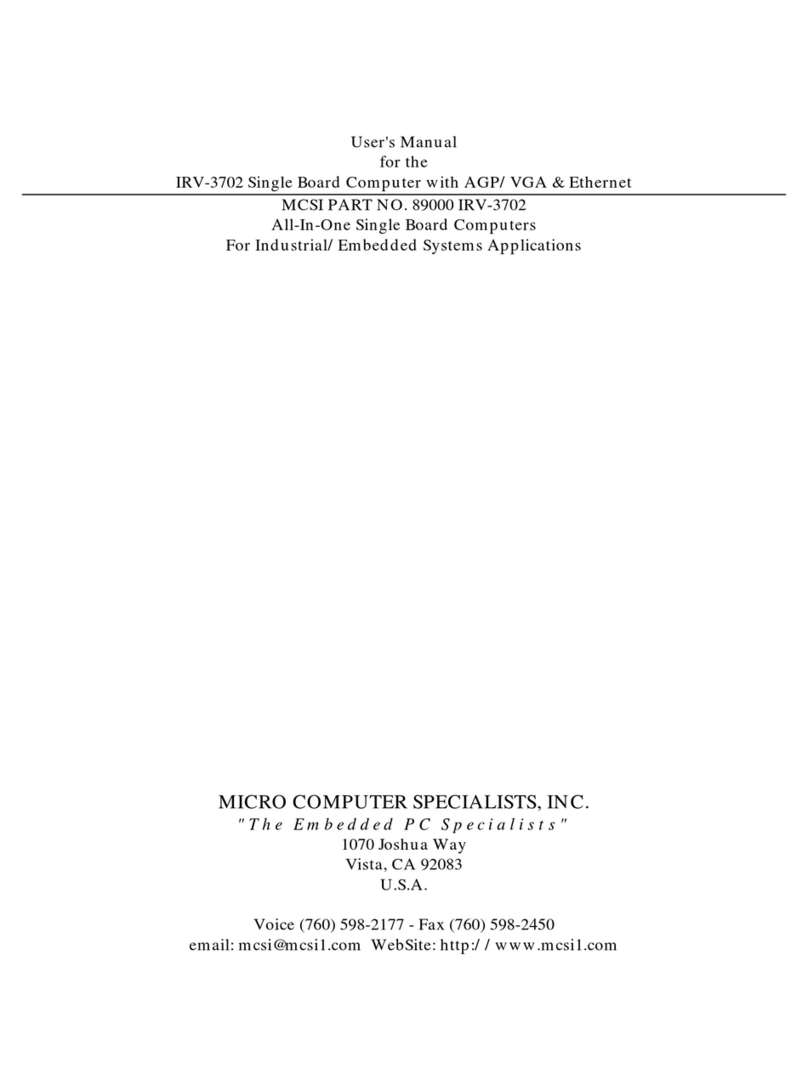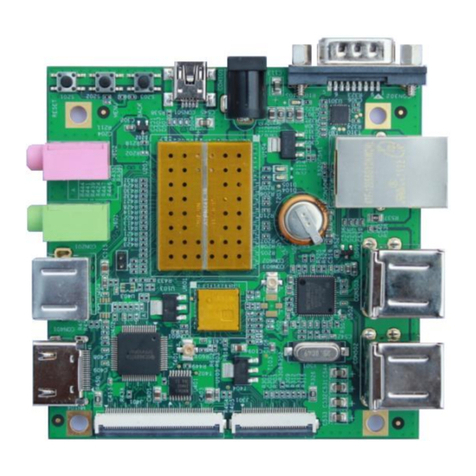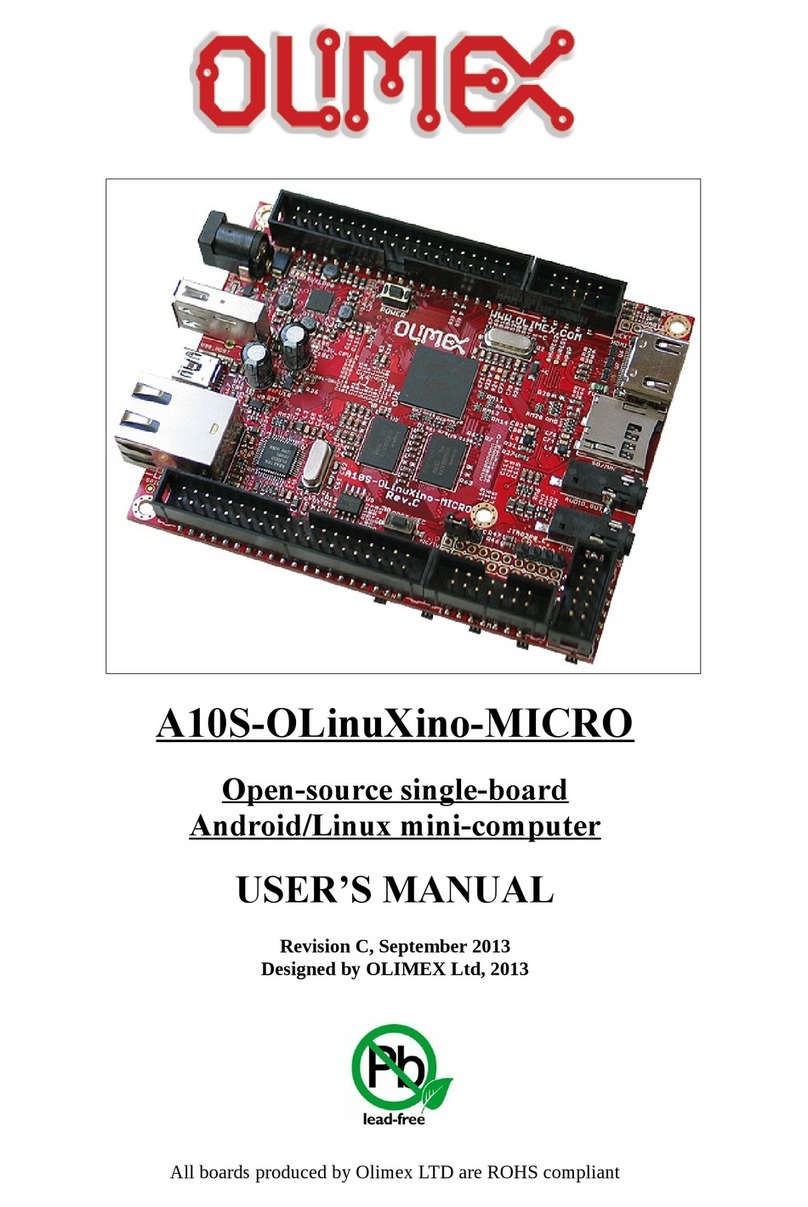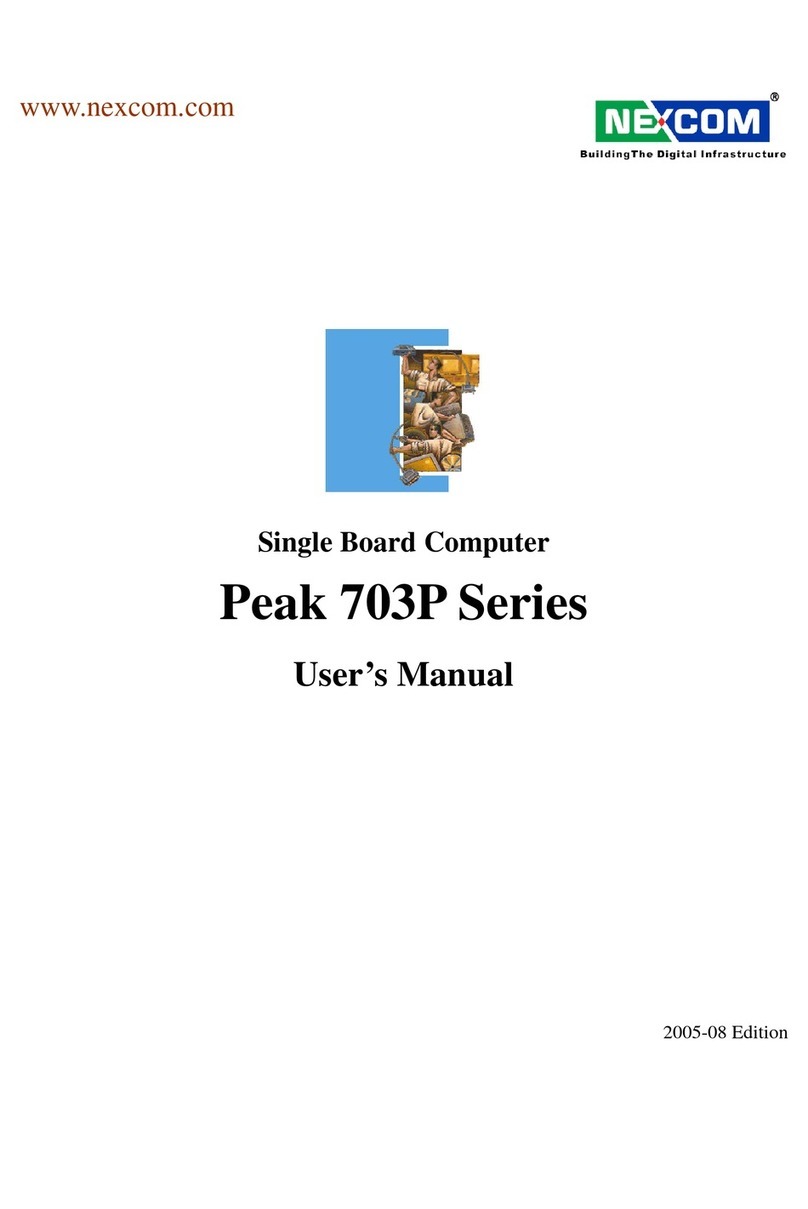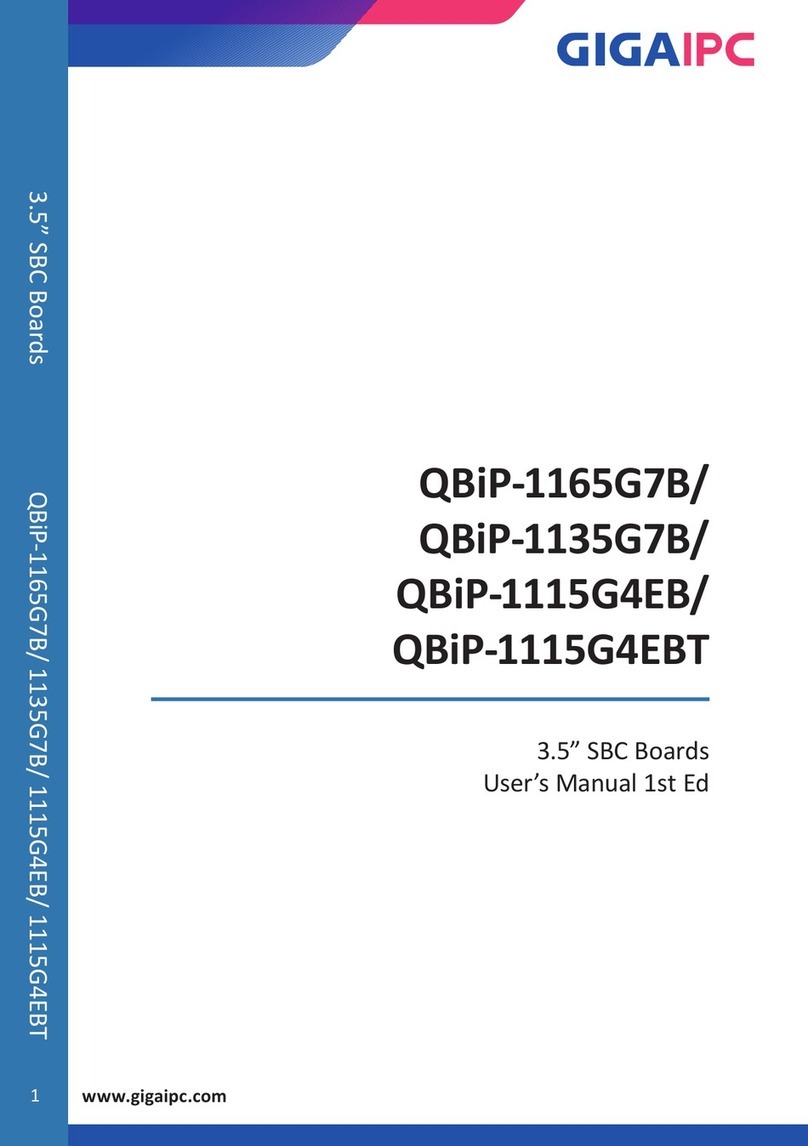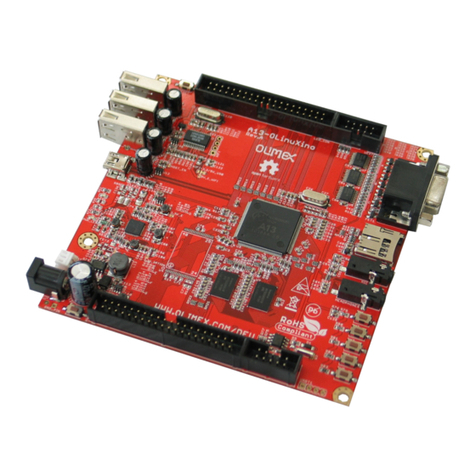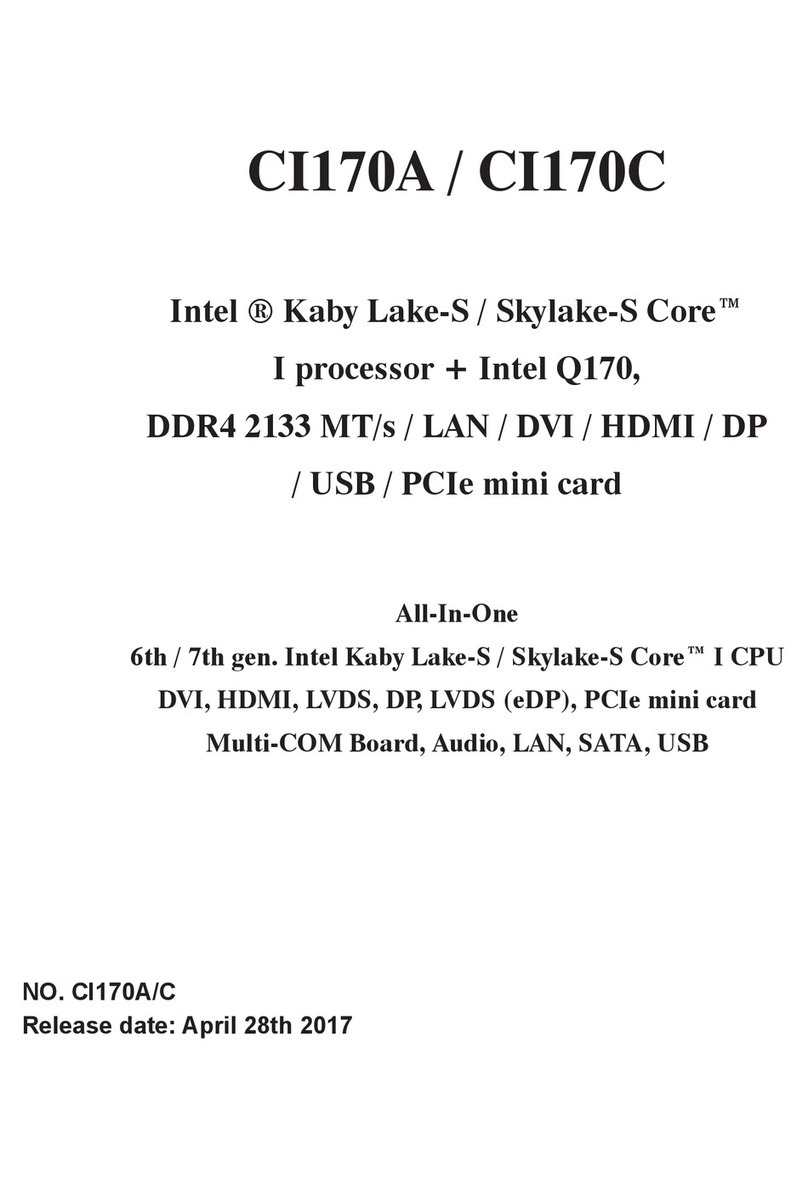
Contents
EPM-31 Hardware Reference Manual viii
Multi-purpose I/O.........................................................................................................33
USB Interfaces..................................................................................................................33
Cabling.................................................................................................................34
PCIe Mini Card / mSATA................................................................................................34
mSATA Activity LED.........................................................................................36
PCIe Mini Card LEDs .........................................................................................37
User I/O Connector...........................................................................................................38
Cabling.................................................................................................................39
I2C.....................................................................................................................................39
Digital I/O (DIO) ..............................................................................................................40
DIO Guidelines.................................................................................................................41
Voltage................................................................................................................. 41
Power States ........................................................................................................42
Cables ..................................................................................................................42
Serial Ports ..................................................................................................................43
Serial Port Connectors......................................................................................................43
Serial Port Connector Pinouts .............................................................................44
Cabling.................................................................................................................44
RS-485 Mode Line Driver Control......................................................................44
COM1/COM2 Hardware Configuration...........................................................................45
Video Interfaces...........................................................................................................46
VGA Interface ..................................................................................................................46
Cabling.................................................................................................................47
Mini Display Port Connector............................................................................................48
Console Redirection .........................................................................................................49
Network Interfaces......................................................................................................50
Ethernet Connector..............................................................................................50
Cabling.................................................................................................................51
On-Board Ethernet Status LEDs..........................................................................52
Expansion Interfaces ..................................................................................................53
SPX™ Expansion Bus......................................................................................................53
Cabling.................................................................................................................54
VersaLogic SPX Expansion Modules .................................................................54
PC/104-Plus Expansion Bus.............................................................................................55
ISA Bus (on PC/104-Plus and PC/104 Expansion Modules)..............................55
ISA I/O Support...................................................................................................56
ISA Memory Support........................................................................................... 56
ISA IRQ Support .................................................................................................57
Each of the IRQs must be enabled in the BIOS Setup utility before they can be
used. (All are disabled by default.)...................................................................... 57
PCI Bus (on PC/104-Plus and PCI-104 Expansion Modules).............................57
System Resources and Maps.....................................................................................58
CBR-4005B Paddleboard ............................................................................................59
CBR-4005B Paddleboard .................................................................................................59
CBR-4005B Connectors and Indicators .............................................................. 59
